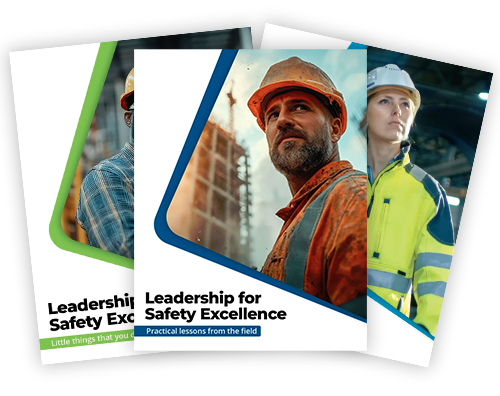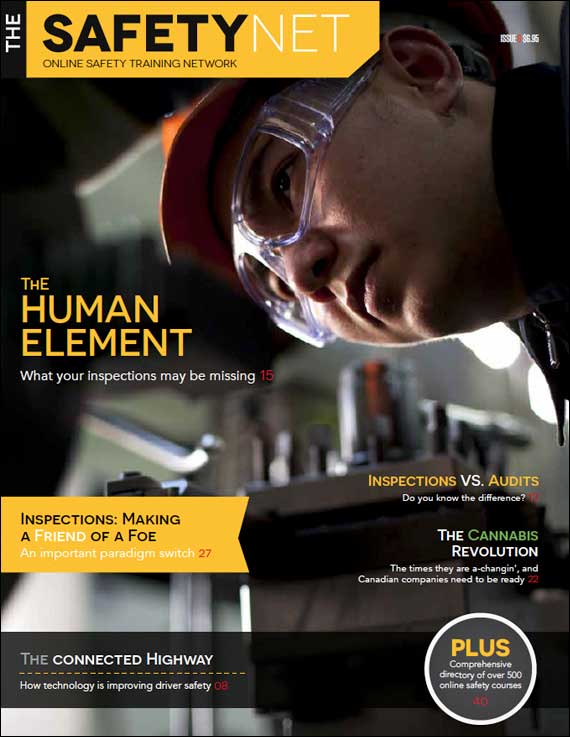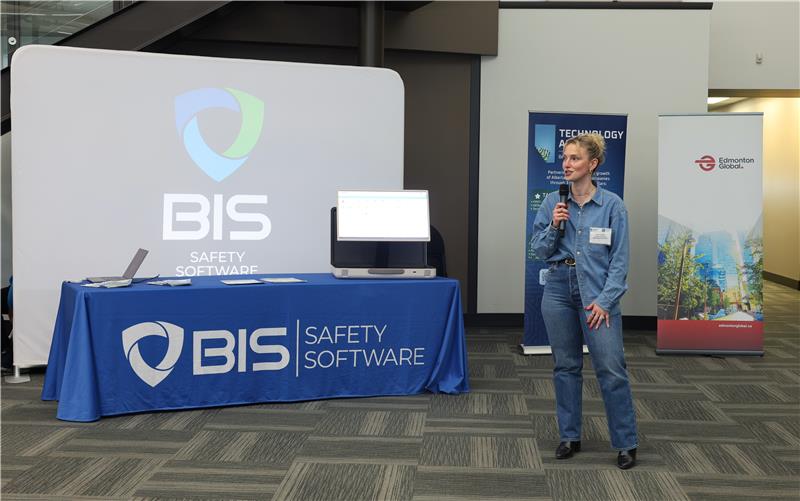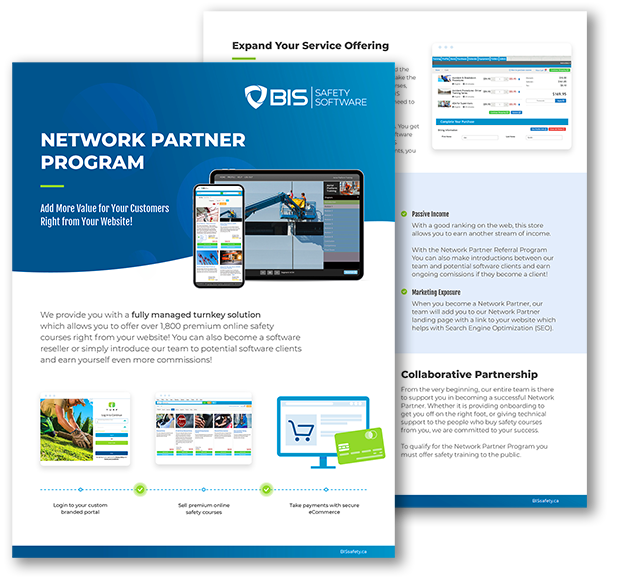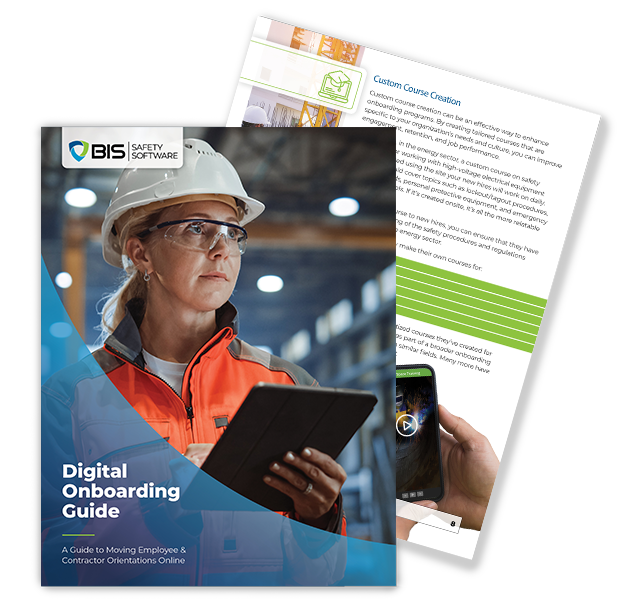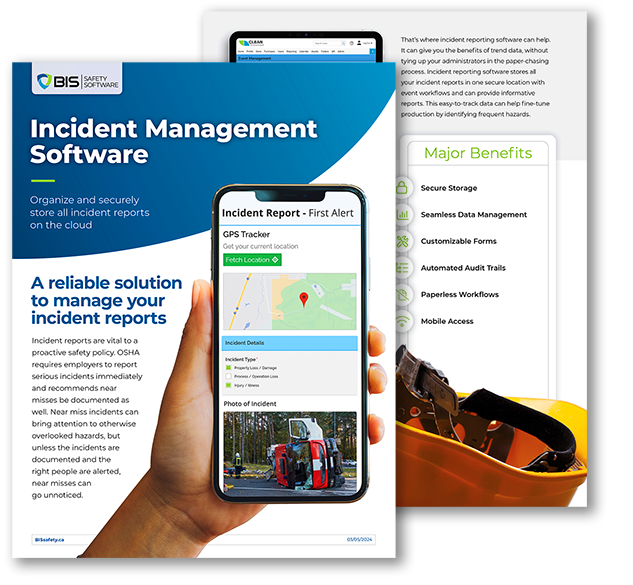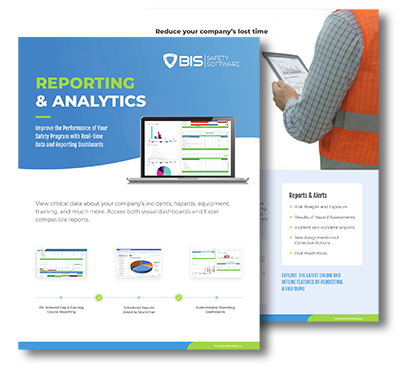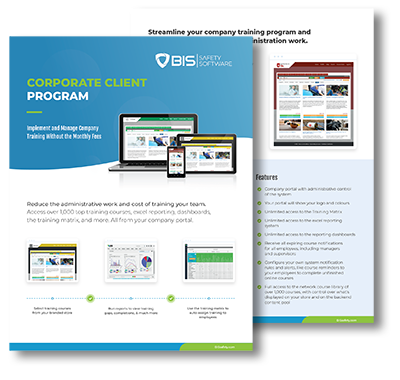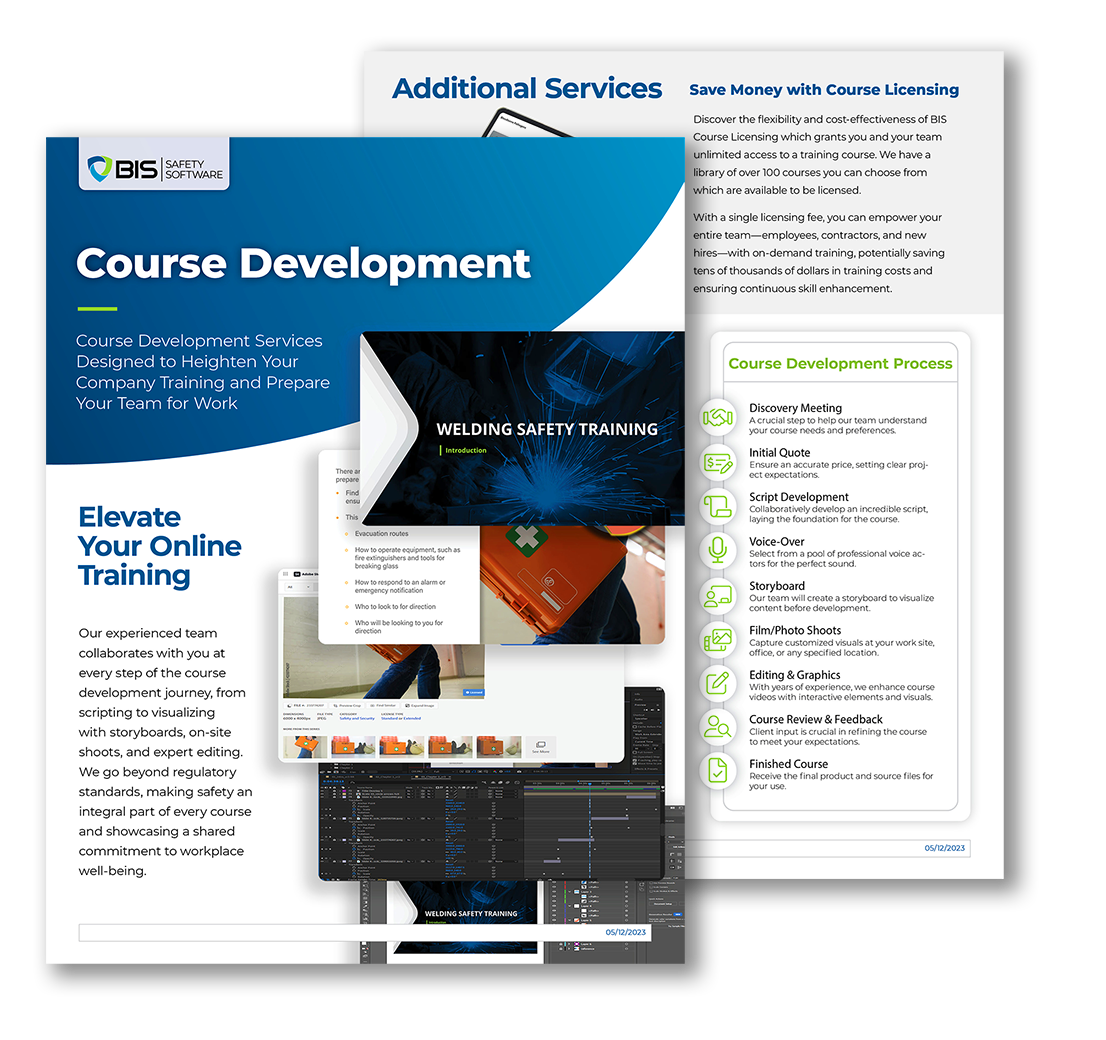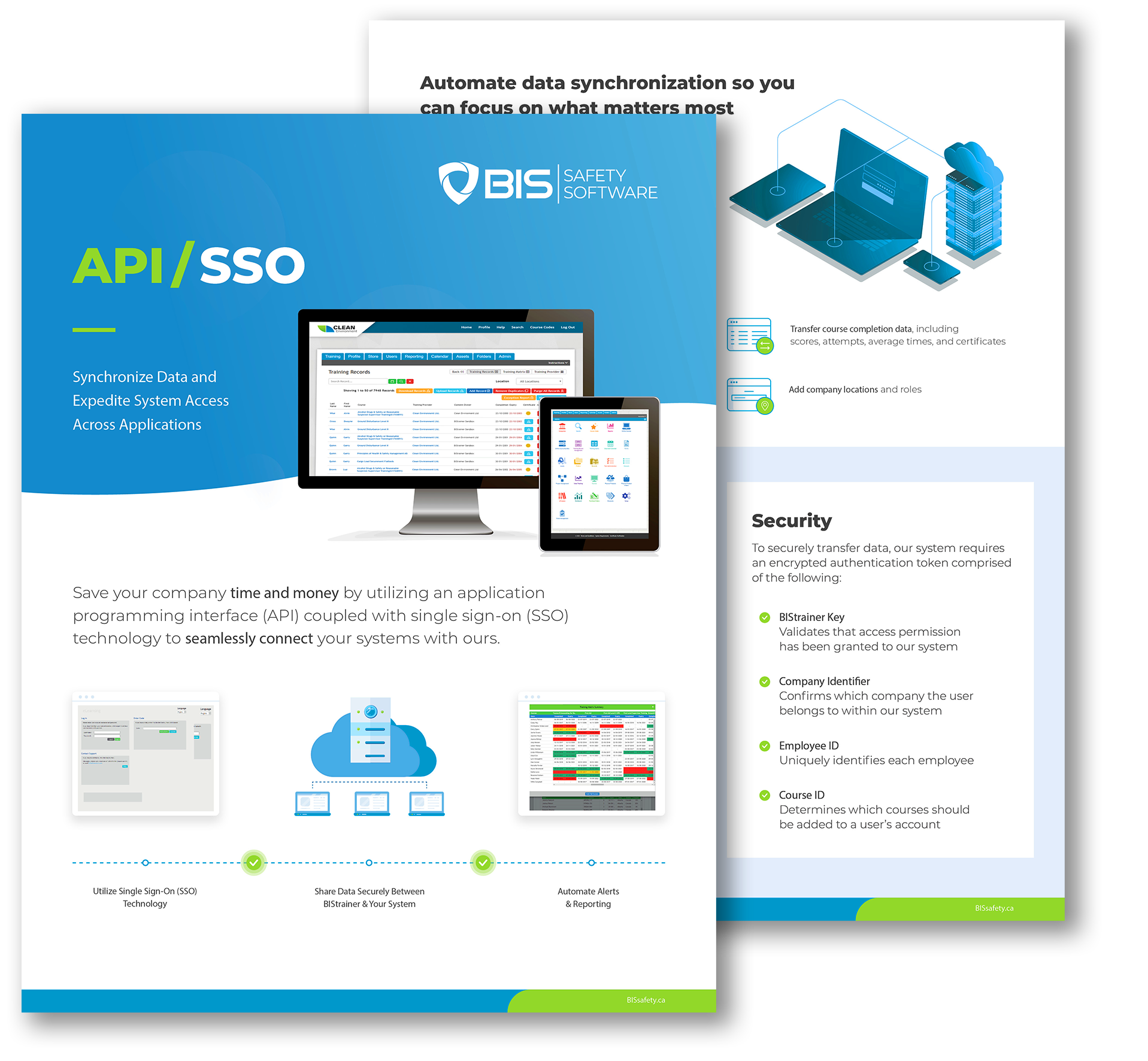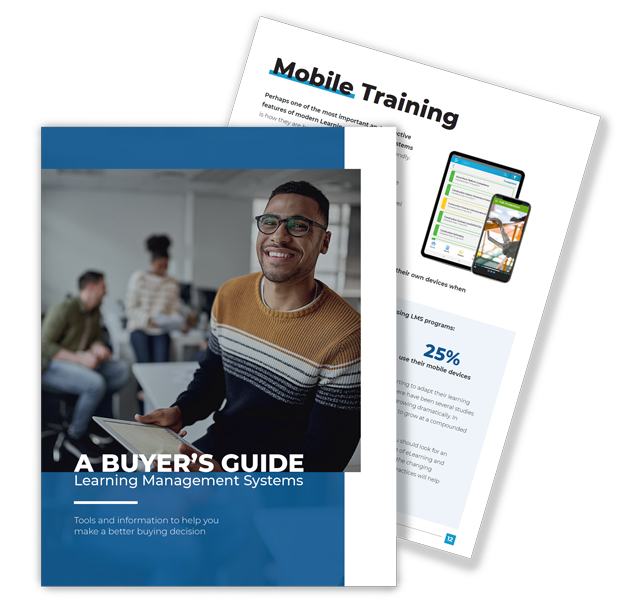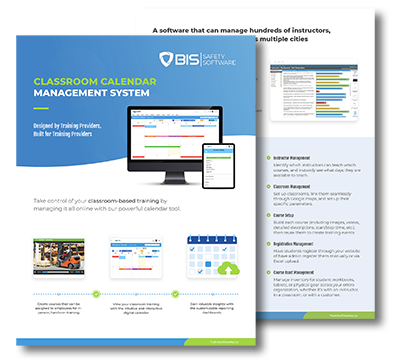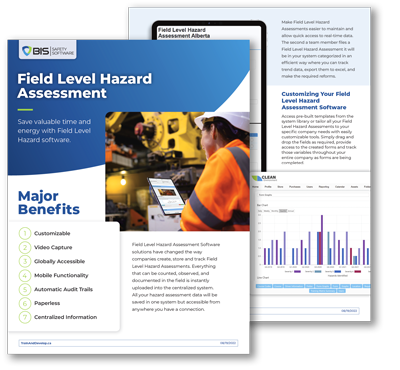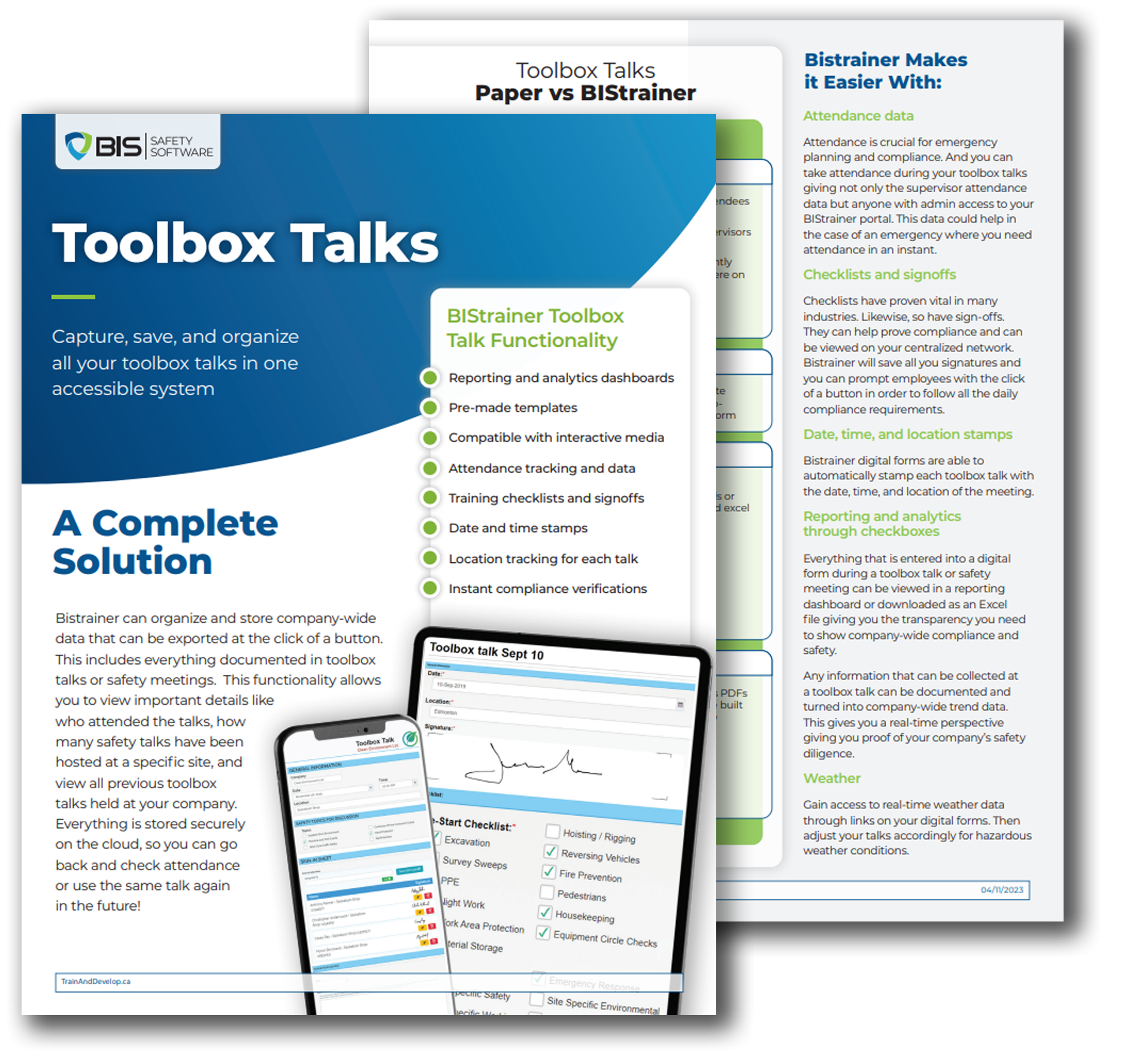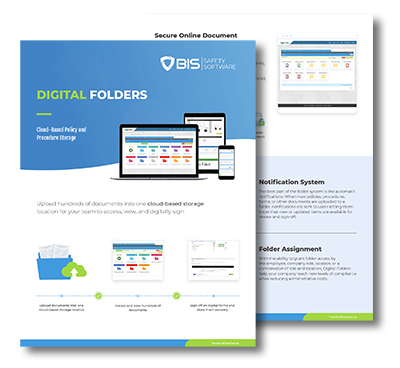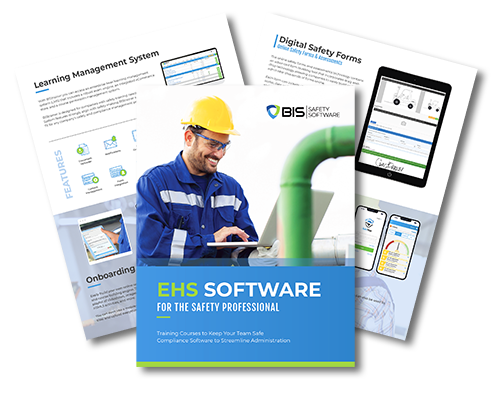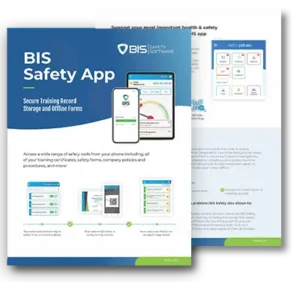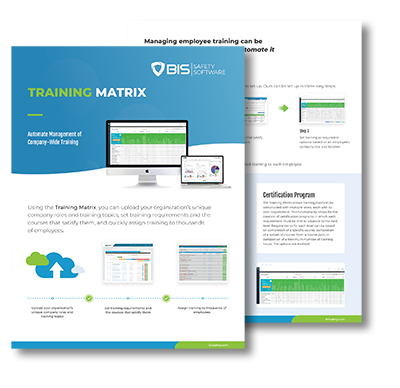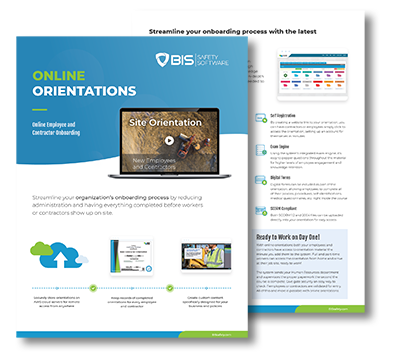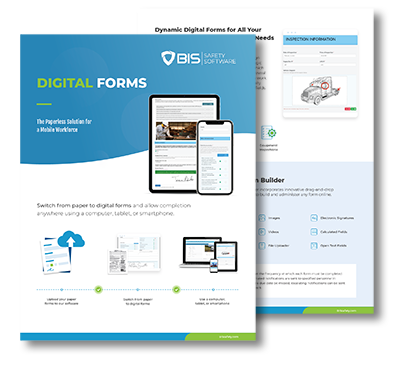What Happens After an Incident?

Home Blog What Happens After an Incident? Why Post-Accident Reviews Matter By DanAdminCAD Facebook LinkedIn An accident happens. Emergency protocols kick in, assist the injured, secure the area, file the reports. But after the dust settles… what next? Too often, organizations return to “business as usual” without pausing to ask the critical question: How do we keep this from happening again? That’s where post-accident reviews become essential. Not as a blame game, but as a blueprint for prevention. A roadmap for evolution. Done right, a review transforms mistakes into insights. It strengthens safety procedures and keeps teams protected, informed, and empowered Why They Matter: More Than Just a Report Every incident has a root cause. Maybe it’s faulty equipment. Maybe training fell short. Maybe someone felt rushed. Whatever the reason, if we only address the surface issues, we’re inviting the same thing to happen again, possibly with worse consequences. A thorough post-accident review doesn’t just answer “what happened?”, it answers why it happened. And that’s the only way to stop it from happening again. Even more, post-incident reviews send a strong message: Safety matters here. When workers see that their company takes action after an incident, they feel seen, heard, and valued. Trust grows. Reporting increases. Engagement follows. But if nothing changes? The silence speaks louder than words. What a Strong Post-Accident Review Looks Like Secure the SceneBefore anything else, make sure the area is safe. Protect workers from further harm before diving into the details. Collect the EvidenceVideos. Logs. Tools. Capture everything while the scene is fresh. Small details often hold big answers. Talk to WitnessesGet honest accounts, quickly and respectfully. Focus on facts, not fault. A no-blame environment encourages clarity and cooperation. Find the Root CauseLook past the obvious. Was there unclear communication? Unrealistic deadlines? Missing training? Real safety improvements come from deep understanding, not quick assumptions. Take ActionWhether it’s new procedures, better PPE, or refresher training, improvements must be tangible. Rules on paper don’t protect anyone unless they’re practiced on-site. Share the LearningsIf only leadership knows what went wrong, the rest of the team stays in the dark. Share findings across the organization to build collective awareness. Follow UpNew procedures mean little without reinforcement. Are the changes working? Are workers following them? Review the review, and adjust as needed. From Reaction to Prevention The best safety cultures don’t just react, they reflect, respond, and rebuild stronger. Every incident is a teachable moment. The organizations that treat it that way create environments where people feel safe, heard, and respected. And when safety becomes a shared value, not just a checklist, teams thrive. Engagement rises. Morale improves. Most importantly, people stay safe. Final Word: Learn Loudly. Improve Boldly. An accident is only a true, out-and-out failure if you fail to learn from it and do better next time. The most effective organizations treat every incident as a chance to improve, not something to sweep aside. Because safety doesn’t end when the report is filed, it starts there. Follow us! Stay up-to-date with the latest spotlight articles, podcasts, the SafetyNET Magazine, or our book on Leadership for Safety Excellence. All updates will be shared on our social channels, click below to follow us. Facebook Linkedin Related Articles All Posts #EmergencyPreparedness 2025 safety trends 360 Immersive 360immersive 6S Safety accident prevention accidental careers adjustable workstations adult education AI automation AI implementation AI in business AI in operations AI in Safety AI podcast AI strategy AI transformation Alberta safety courses Allan James Moore artificial intelligence asking for help audit findings audit readiness Audit Reporting automation in safety automation strategy avoidable injuries awareness Aztec Safety back strain BambooHR integration behavior-based safety Behavioral Safety behavioural safety biometric sensors BIS Podcast BIS Safety Podcasts BIS Safety Software BIS Safety Spotlight black holes Blame Culture BP Texas City Explosion Brave Leadership Brett Burkard burnout business automation Canadian OHS Canadian safety Canadian safety history Canadian safety standards carbon monoxide Carolynne Heron CCOHS chemical chemical vapors chronic injuries chronic pain cloud-based safety tools Coming Soon community safety programs Competency in Safety complacency in safety Compliance compliance courses Compliance In Canada compliance issues Compliance management Compliance Reporting compliance tools compliance tracking compliance training compliance vs protection Construction advocacy Construction education Construction industry construction safety construction safety training continuous improvement continuous safety improvement corporate culture corporate training corrective actions crane CSA standards Customer Spotlight Customer Spotlight Kevin Swinden Global Hazmat Safety Culture Hazmat Management Dangerous Goods Competency in Safety Workplace Risk Mitigation BIS Training Clients Canadian EHS customized training daily trip inspection Damage Prevention Dangerous Goods dangerous goods classification Danny Sellers data-driven safety Decision Analysis defect management defect tracking defensive driving DEI in onboarding digital compliance digital forms Digital Hazard Reporting Digital Onboarding digital safety Digital Safety Audits Digital safety systems digital safety tools digital safety transformation Digital Training Tools digital transformation DMS features document control document management system Dr. Joanna Pagonis Dr. Tom Krause driver file management driver training driving instructor program DTRMS e-learning e-learning tools eadership in safety early intervention education technology EHS EHS Adoption EHS Compliance EHS digital solutions EHS Inspections EHS Onboarding EHS software EHS tools Einstein electrical safety Emergency Action Plan emergency preparedness emergency response emergency supplies emotional training employee behavior employee engagement employee health Employee onboarding Employee Readiness employee safety employee training Energy Isolation ergonomic consulting ergonomic design ergonomic risks ergonomics Evacuation Procedures evidence collection EWI Works exoskeleton exoskeletons failure analysis fall protection fast onboarding field experience field level hazard assessments field safety field safety services Field Safety Technology Field-Friendly Software Fire Drills fire prevention Fire Safety Training first aid kit first week on the job first workplace injury fleet management fleet safety FLHA engagement FLHA Integration FMEA freight Frontline Engagement frontline safety future of work Global Hazmat gravitational waves hand injuries handling hazardous materials hands-on training hazard analysis hazard assessment compliance Hazard Awareness hazard communication Hazard Identification hazard prevention hazard recognition Hazardous Energy Control Hazmat Management Health & Safety Podcast health and safety hearing loss prevention hearing protection heavy equipment safety hidden



